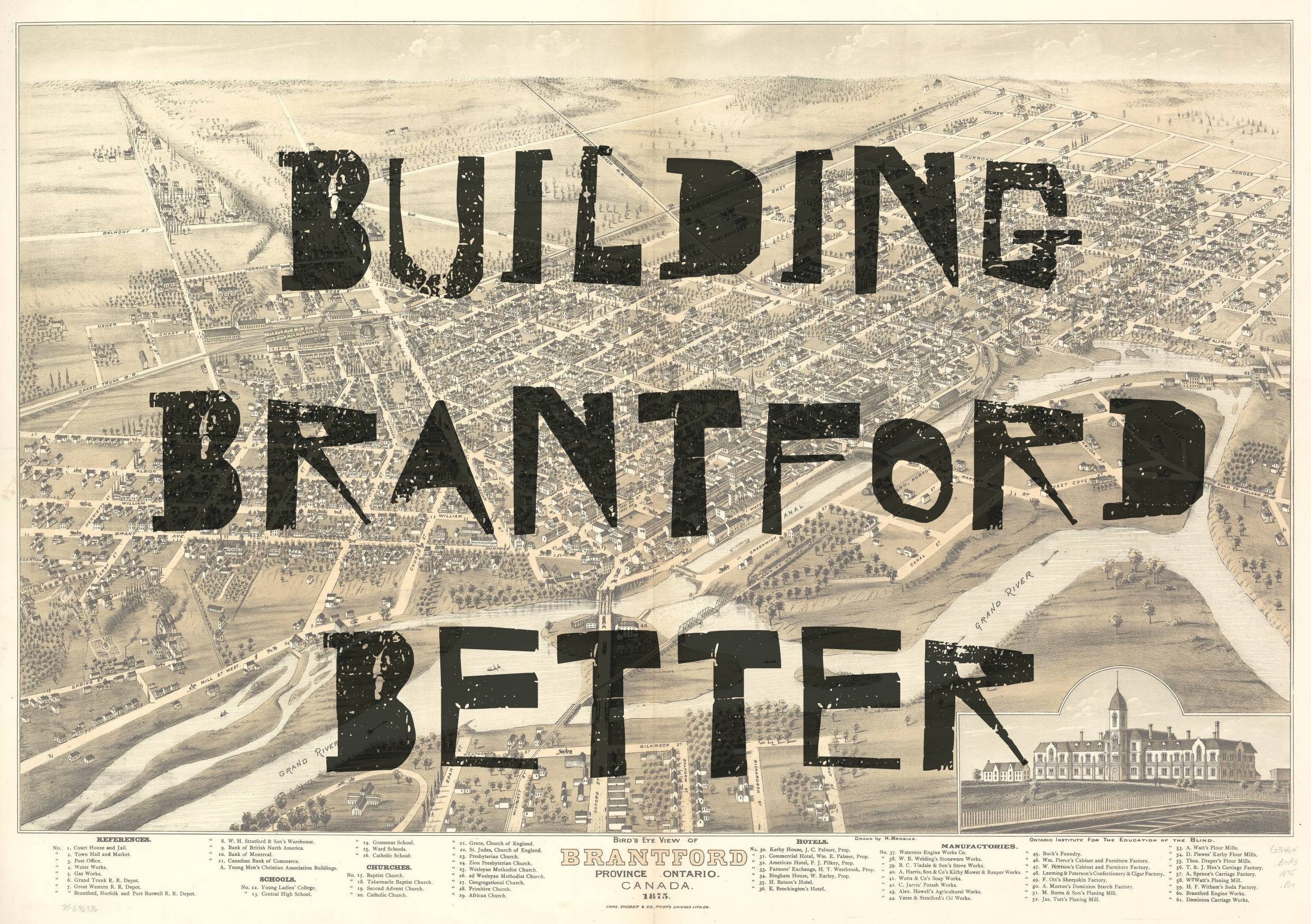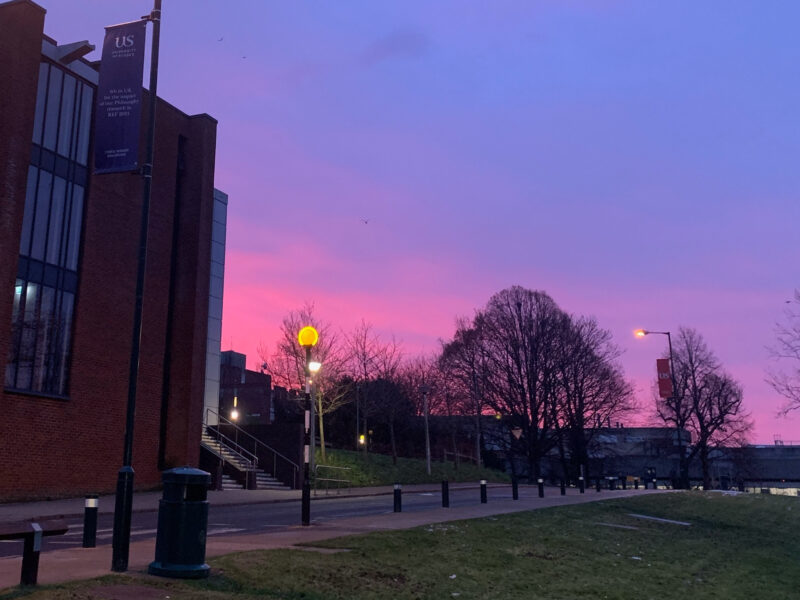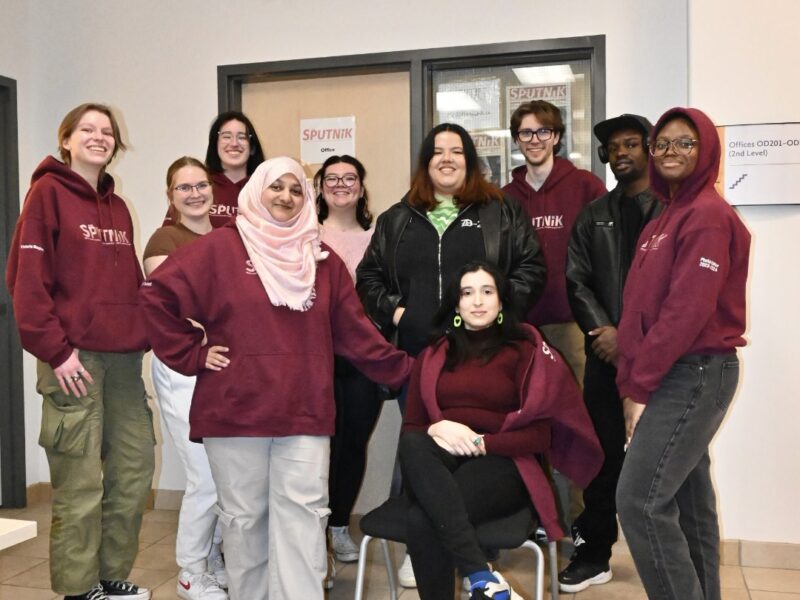Olga Steblyk / Sputnik Photography
Historical map of Brantford.
A common denominator of any interaction I have had with any student on the Brantford campus is that the negative aspects of the city are always brought up. While some such concerns, like safety, urban decay and missed opportunities are valid, it’s time to start examining these topics with a perspective of how their underlying issues can be addressed.
However, it is important to note that these topics will never be appropriately addressed unless a significant movement of people organize themselves to advocate for change. As Wilfrid Laurier University professor James Cairns, who has expertise in the study of social and political theories and social movements, astutely pointed out in an interview that for any sort of progress to occur, whether it be in support of the community, students or even contracted professors, there must be a “critical mass” of motivated community to advocate for a common cause. Such a critical mass finds itself in our very own student body. Once students become centrally engaged and motivated, both faculty and administrators will follow.
The simple fact is that larger organizations, such as the university itself, must be concerned with issues that are important to the student body, if for no other reason than it is good PR to listen and address. It’s because of this that dedicated efforts to organize ourselves — whether it be through petitions, public meetings or extra-organizational involvements dedicated to public service — present an ample opportunity to take the issues most important to ourselves as well as our community to the forefront of concern for organizations with large bodies of power.
It is because of this opportunity for influence that we, as students, faculty or even just as people, should begin organizing ourselves to create positive change, as the opportunity to facilitate positive change ultimately necessitates it.
With the drug usage within Brantford, no one will deny there is a level of discomfort that some may feel. For those who resonate with this sentiment, I would ask you to consider the level of discomfort that you would feel if you were ostracized, stigmatized and looked down upon.
The truth is that many people struggle with addiction. People from all walks of life and backgrounds, even Mayor Kevin Davis said in an interview that he has family members who have struggled with substance abuse. So, what can we do to help those who struggle?
Beatrice O’Connell, a first-year English student at Laurier and a lifelong resident of Brantford, has spent their years of secondary schooling in the city’s Catholic school boards and was able to give more insight into student drug use.
When asked about what could have been done to avoid overdoses for youth in Brantford, they suggested that an expanded educational approach on drug awareness as well as community initiatives to foster more welcoming spaces for youth be established — whether they are already using drugs or not. They also said the approaches that were historically utilized were not effective, as there were no significant community supports that had existed to fill the proverbial cracks that youth may have fallen through.
Furthermore, Davis said that the City of Brantford is hoping to implement a drug treatment court, wherein those facing drug-related charges can choose to enter a rehabilitation program instead of facing jail time. As the mayor said, the most significant challenge in establishing this court is the lack of suitable court spaces within the city. This is not a shortcoming of the city, but instead that of our provincial leaders who have failed to allocate significant resources in the expansion of court-related services, which Davis said are inadequate to address the city’s needs.
So, what can we do about this? For starters, we can contact our provincial representatives, both from our hometowns and Brantford, to express interest in the expansion of drug court services in the city to address the drug usage. If a significant amount of people, student or otherwise, were to indicate that this is a topic that will influence who they vote for in the next provincial election, we may just see steps being taken to expand court services in Brantford that would accurately reflect the demands of the city.
Additionally, regarding drug usage in local schools, students may also prove to be an important catalyst in advocating for positive change. Our campus is home to teaching, social work, sociology and liberal arts programs that are concerned with how societal conditions impact youth, after all.
If students heavily advocate for the implementation of mental health and drug services in Brantford schools as a form of official Laurier outreach, we may see both a reduction in drug usage and an increase in future Laurier student enrollment. As such, it is imperative that we, as students, organize ourselves to lead a charge on the expansion of social services within the city, as the establishment of our campus has displaced much of the land and peoples that could have found support where we study.
This would be a win-win opportunity for the university, as by supporting the Brantford community, they are able to both cultivate a positive reputation and increase their future enrollment. This will not be easy to accomplish, but with enough collective action by students, it is absolutely possible.
The issue of housing is one that affects us all. However, there is a way we can combat this crisis within Brantford. The primary means for this is in the Mayors’ Housing Partnerships Task Force. The task force seeks to expand access to housing by using publicly donated land for housing development. A prime example of this is in the sale of the Arrowdale Municipal Golf Course for $14 million dollars so the 32 acres of land can be used for social housing.
One of the ways we can contribute to the establishment of affordable housing, as was outlined by Davis to support vulnerable members of our community, is to contact landowning organizations and ask if they would be interested in donating some of their land/resources to the development of affordable housing. Some such organizations include churches and charities but can, through concentrated student effort, eventually include the university itself as an organization that could donate land.
After all, Laurier talks a big game about respecting the Anishinaabe and Haudenosaunee peoples and their lands. Would it be an unreasonable ask to put some of the land to use in the service of social housing programs? Even if the university were to act with greed, they could use the establishment of Laurier-funded social housing to draw sociologists to the city to examine the practical effects of social housing initiatives.
All that this idea needs to become reality is engaged students to advocate for it.
One last point of examination can be seen within the educational system in the city. While it is not a unique phenomenon that youth in elementary and secondary schools are struggling, we can do something about that in Brantford.
An underlying problem is that, simply put, kids are struggling with the most basic concepts of reading and counting. As Sage Lopez, a third-year forensic psychology and criminology student at Laurier who works with BGC Canada (formerly known as the Boys & Girls Clubs of Canada), said children up to 16 years of age are struggling with fundamental aspects of literacy and numeracy, with children up to grades 4 and 5 displaying the most significant problems.
One cause that Lopez was able to point out is the absence of phonics within the educational curriculum, as well as the curriculum being altered to match students’ skills rather than simply holding back students until their skills adequately develop.
While this may appear to be an issue out of the scope of many of us, there is a way to contribute to helping younger students catch up and develop their literacy skills. The answer finds itself in Laurier Students for Literacy, a student volunteer group that seeks to do exactly that, develop literacy in children.
In an interview with the group’s president, Hannah D’Agostino, a third-year youth and children’s studies student, they said despite having over 100 children signed up for the program, there were only 30 volunteers available in the Fall 2023 term. This meant that over 70 kids who wanted to catch up on their literacy skills did not have the chance to do so.
To speak from personal experience, it doesn’t take much to spend a single hour of your week reading a book with a kid who wants to get better. It doesn’t take much effort to make a world of difference for a kid who wants nothing more than to read better.
While I discussed topics of drug usage, education and housing, these are not the only ways we can contribute to building up our community. The specific points I presented aren’t even the only means to accomplish change. However, change will only come if we work for it, if we build bridges, take risks, dare to be brave and dare to bring people together in common cause. Even a small effort, like signing a petition, may make a world of change.
One last question to consider is where will positive change start. If it’s not you, then who?
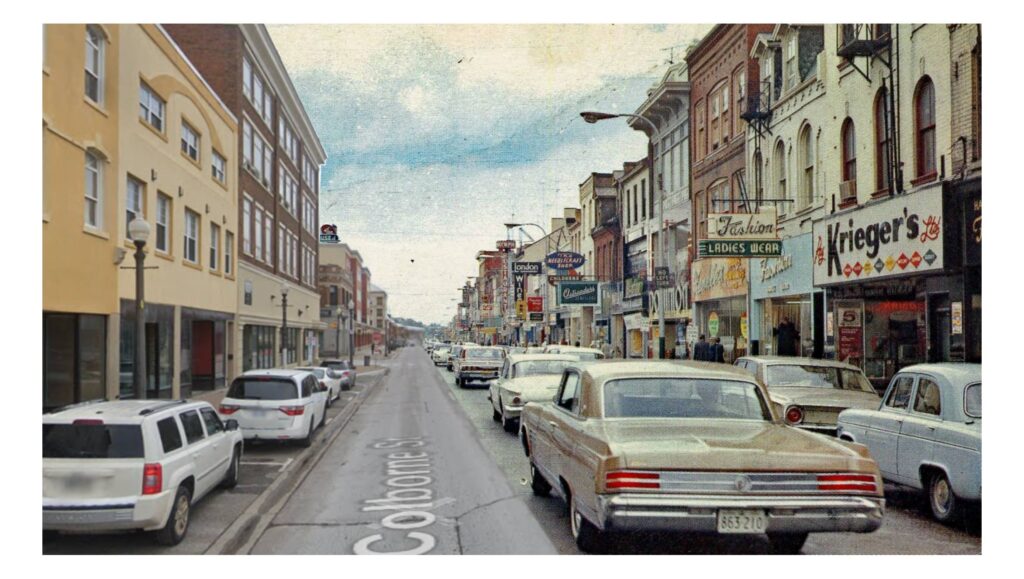
Colborne Street, then and now.
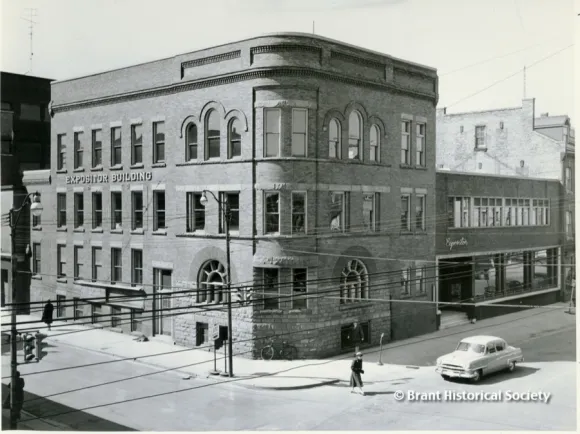
The Expositor Place building circa 1950.
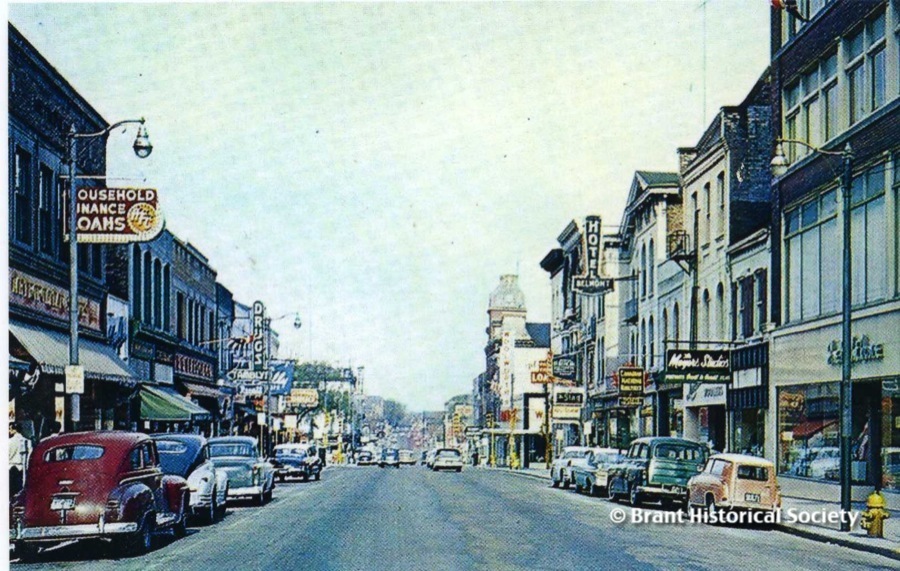
Downtown Brantford circa 1960.

